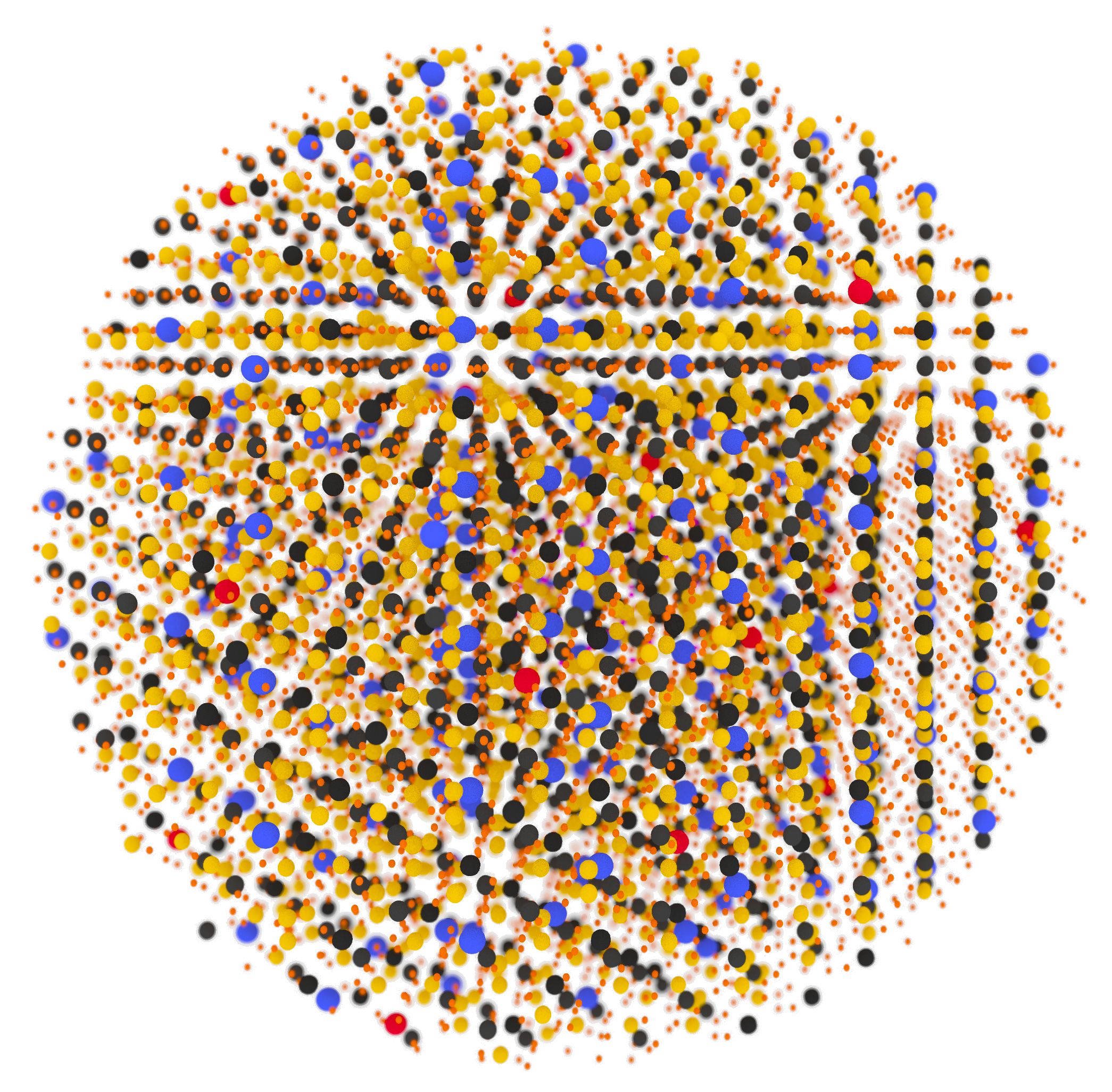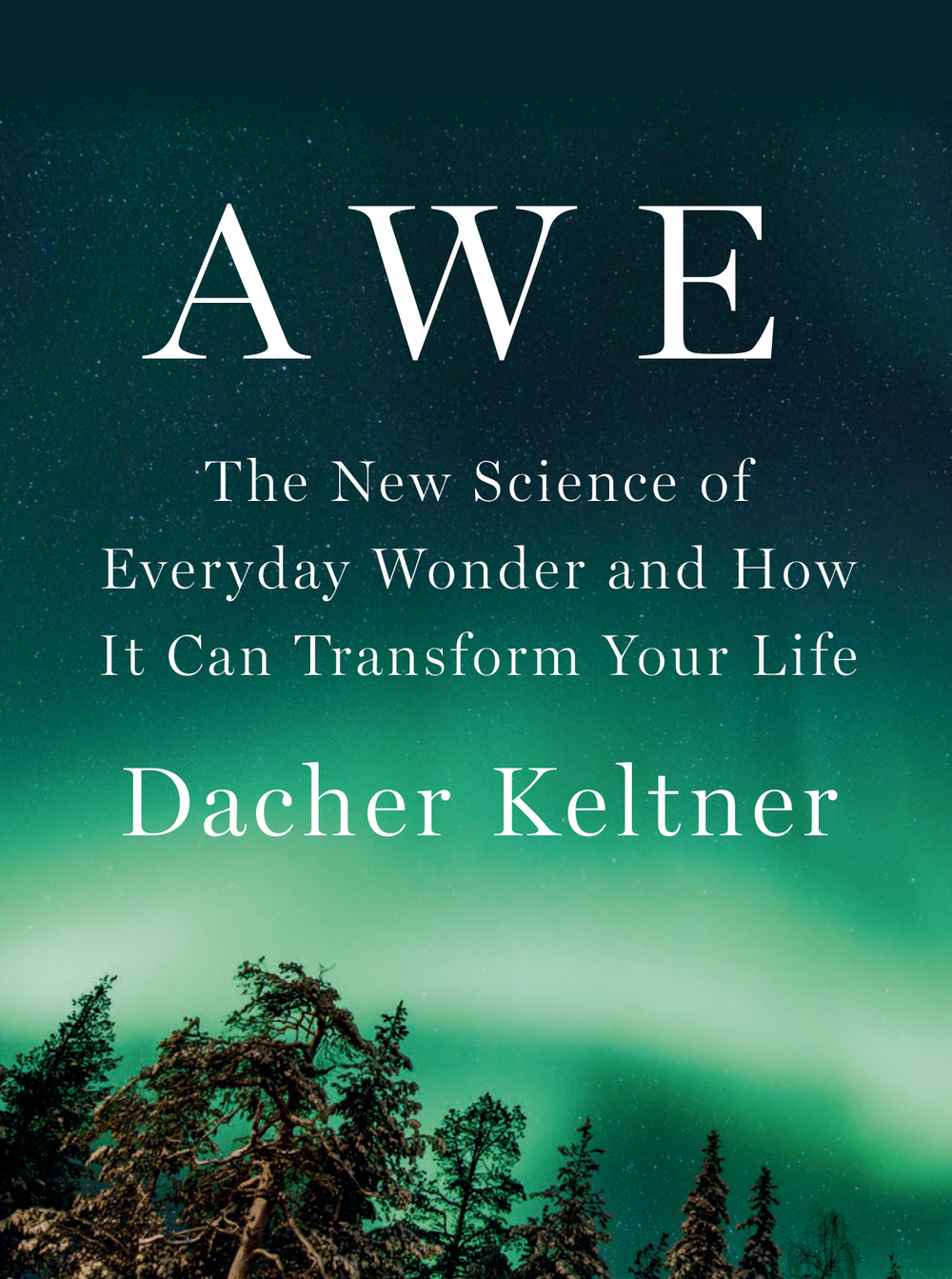
Researchers at Lawrence Berkeley National Laboratory (LBL) have made a breakthrough in understanding a bright class of nanomaterials: small upconverting nanoparticles (UCNPs). Upconverters are remarkable fluorescent particles that are promising for the study of complex biological dynamics. Unlike previous materials, UCNPs do not become less bright over time, and they boast continuous emission. Recent work surrounding this class of materials—published in Nature Nanotechnology this spring—marks the start of a new generation of discovery and design of nanosensors for single-molecule microscopy.
The effort was led by Bruce Cohen and Jim Schuck at the Molecular Foundry, a user facility focusing on thematic research at the forefront of nanoscience. The nanoparticle characterization strategy developed by the LBL team combined theoretical modeling with advanced spectroscopy to examine structure-property relationships surrounding the brightness of UCNPs. They found that small particle sizes and compositions that are exceedingly dim in ensemble measurements at low excitation power are in fact exceedingly bright when imaged at the single molecule level, under high excitation power. And smaller really is better in other areas as well. These bright UCNPs are only 4.8 nanometers in diameter, making them physically on par with fluorescent proteins.
 These findings present a significant advance in the evolving understanding of the photophysics surrounding these materials. And the fact that these results match with computational prediction sets a precedent for efficient methodologies to advance probe discovery and testing in the field. For the broader probe development community, the recent work emphasizes the importance of pursuing unique design and testing paradigms to prepare for the specific downstream application of a novel nanosensor, especially when it comes to single molecule imaging. With this new toolkit in hand, the Berkeley research community stands at the forefront of innovation in nanoparticles for single-molecule studies. Studying their use for biological imaging is already underway.
These findings present a significant advance in the evolving understanding of the photophysics surrounding these materials. And the fact that these results match with computational prediction sets a precedent for efficient methodologies to advance probe discovery and testing in the field. For the broader probe development community, the recent work emphasizes the importance of pursuing unique design and testing paradigms to prepare for the specific downstream application of a novel nanosensor, especially when it comes to single molecule imaging. With this new toolkit in hand, the Berkeley research community stands at the forefront of innovation in nanoparticles for single-molecule studies. Studying their use for biological imaging is already underway.
[show\_avatar email=28 align=left show\_name=true show\_biography=true]
This article is part of the Spring 2014 issue.



